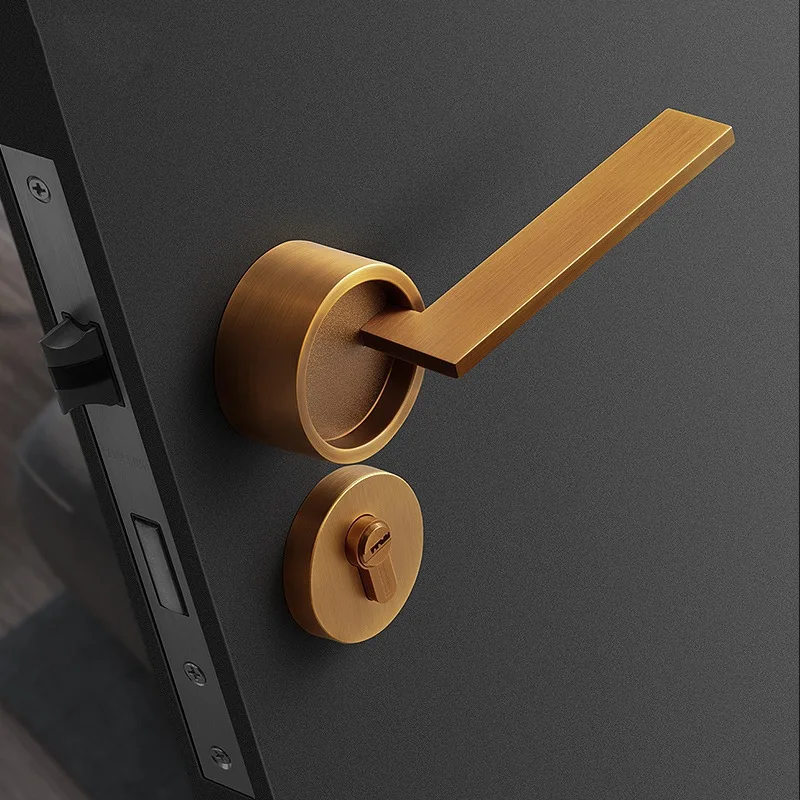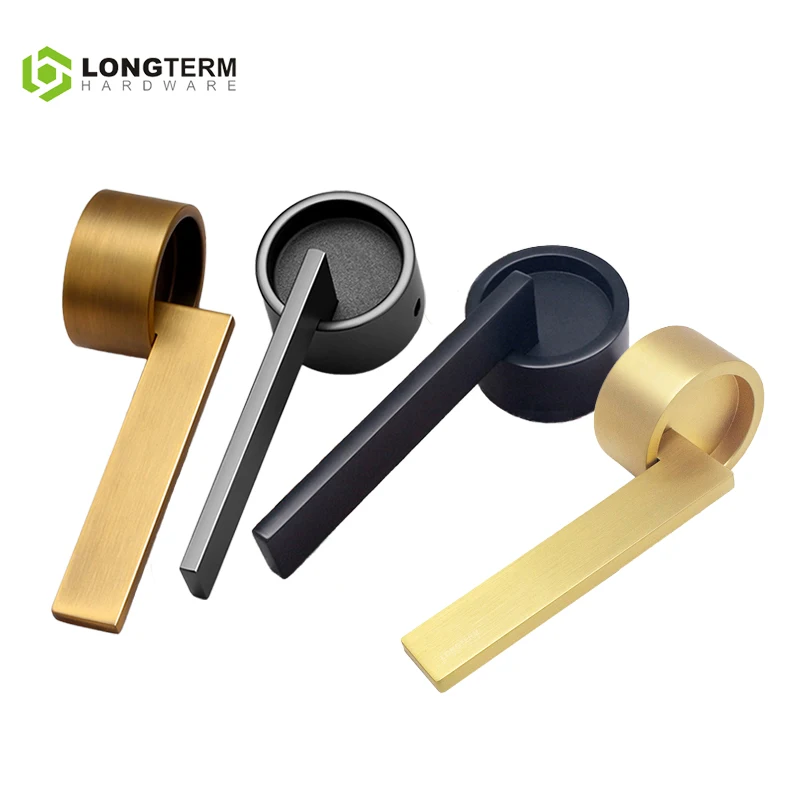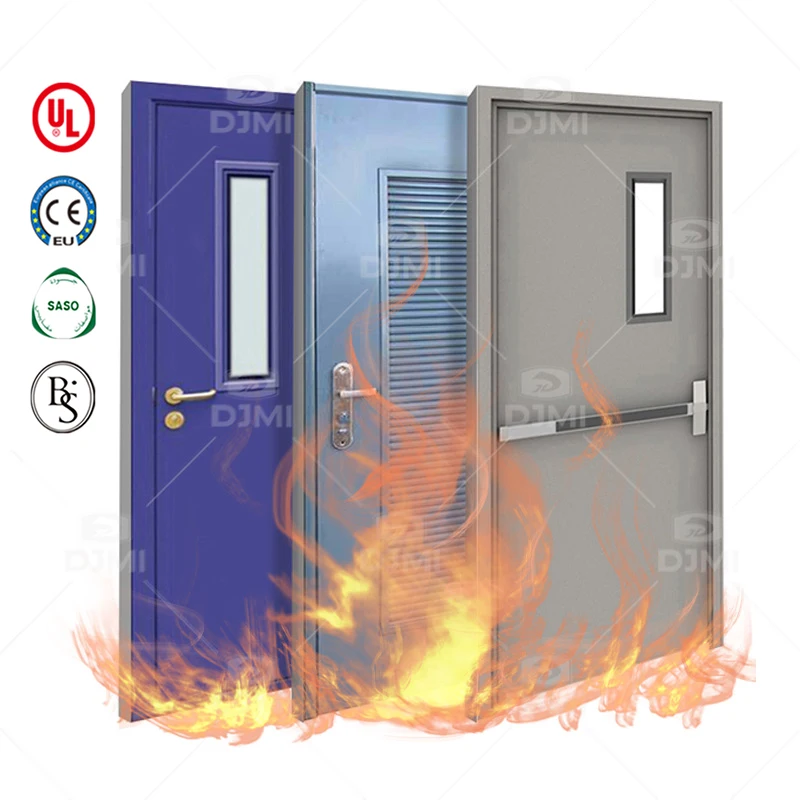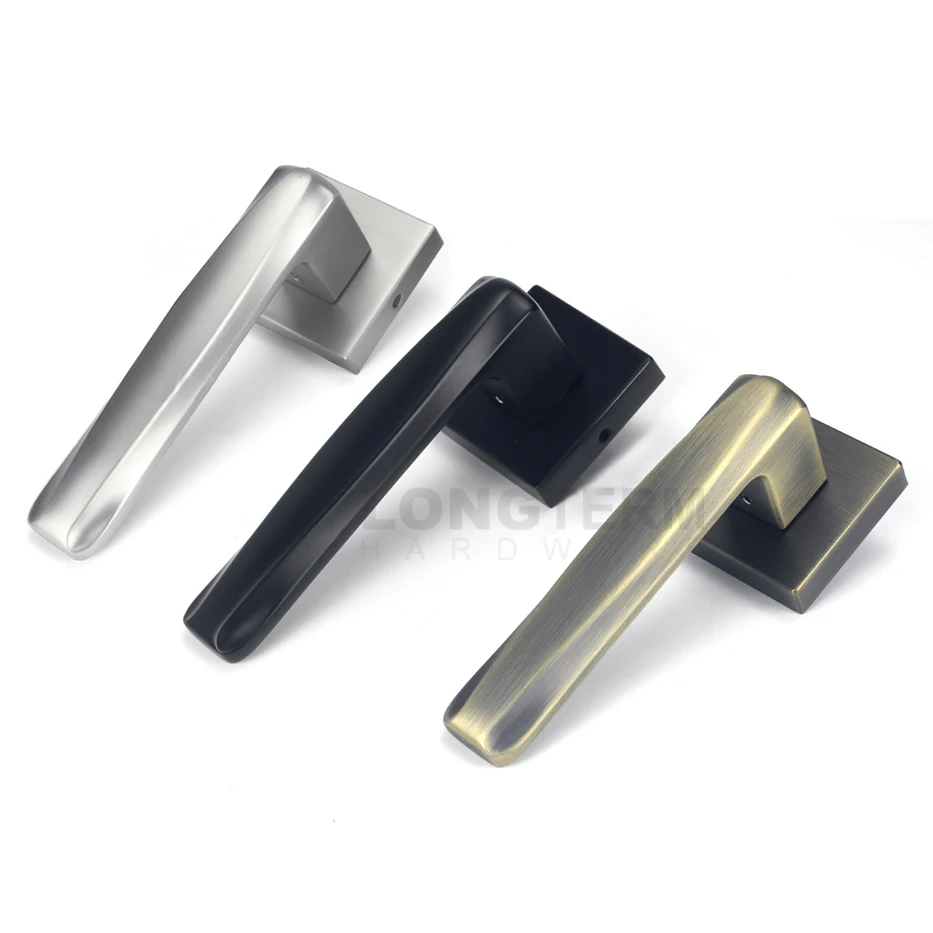-
 Agriculture
Agriculture
-
 Health-Care
Health-Care
-
 Environment
Environment
-
 Construction-Real-Estate
Construction-Real-Estate
-
 Tools-Hardware
Tools-Hardware
-
 Home-Garden
Home-Garden
-
 Furniture
Furniture
-
 Luggage-Bags-Cases
Luggage-Bags-Cases
-
 Medical-devices-Supplies
Medical-devices-Supplies
-
 Gifts-Crafts
Gifts-Crafts
-
 Sports-Entertainment
Sports-Entertainment
-
 Food-Beverage
Food-Beverage
-
 Vehicles-Transportation
Vehicles-Transportation
-
 Power-Transmission
Power-Transmission
-
 Material-Handling
Material-Handling
-
 Renewable-Energy
Renewable-Energy
-
 Safety
Safety
-
 Testing-Instrument-Equipment
Testing-Instrument-Equipment
-
 Construction-Building-Machinery
Construction-Building-Machinery
-
 Pet-Supplies
Pet-Supplies
-
 Personal-Care-Household-Cleaning
Personal-Care-Household-Cleaning
-
 Vehicle-Accessories-Electronics-Tools
Vehicle-Accessories-Electronics-Tools
-
 School-Office-Supplies
School-Office-Supplies
-
 Packaging-Printing
Packaging-Printing
-
 Mother-Kids-Toys
Mother-Kids-Toys
-
 Business-Services
Business-Services
-
 Commercial-Equipment-Machinery
Commercial-Equipment-Machinery
-
 Apparel-Accessories
Apparel-Accessories
-
 Security
Security
-
 Shoes-Accessories
Shoes-Accessories
-
 Vehicle-Parts-Accessories
Vehicle-Parts-Accessories
-
 Jewelry-Eyewear-Watches-Accessories
Jewelry-Eyewear-Watches-Accessories
-
 Lights-Lighting
Lights-Lighting
-
 Fabric-Textile-Raw-Material
Fabric-Textile-Raw-Material
-
 Fabrication-Services
Fabrication-Services
-
 Industrial-Machinery
Industrial-Machinery
-
 Consumer-Electronics
Consumer-Electronics
-
 Electrical-Equipment-Supplies
Electrical-Equipment-Supplies
-
 Electronic-Components-Accessories-Telecommunications
Electronic-Components-Accessories-Telecommunications
-
 Home-Appliances
Home-Appliances
-
 Beauty
Beauty
-
 Chemicals
Chemicals
-
 Rubber-Plastics
Rubber-Plastics
-
 Metals-Alloys
Metals-Alloys
- Masonry Materials
- Curtain Walls & Accessories
- Earthwork Products
- Fireproofing Materials
- Heat Insulation Materials
- Plastic Building Materials
- Building Boards
- Soundproofing Materials
- Timber
- Waterproofing Materials
- Balustrades & Handrails
- Bathroom & Kitchen
- Flooring & Accessories
- Tiles & Accessories
- Door, Window & Accessories
- Fireplaces & Stoves
- Floor Heating Systems & Parts
- Stairs & Stair Parts
- Ceilings
- Elevators & Escalators
- Stone
- Countertops, Vanity Tops & Table Tops
- Mosaics
- Metal Building Materials
- Multifunctional Materials
- Ladders & Scaffoldings
- Mouldings
- Corner Guards
- Decorative Films
- Formwork
- Building & Industrial Glass
- Other Construction & Real Estate
- Wallpapers/Wall panels
- HVAC System & Parts
- Outdoor Facilities
- Prefabricated Buildings
- Festive & Party Supplies
- Bathroom Products
- Household Sundries
- Rain Gear
- Garden Supplies
- Household Cleaning Tools & Accessories
- Lighters & Smoking Accessories
- Home Storage & Organization
- Household Scales
- Smart Home Improvement
- Home Textiles
- Kitchenware
- Drinkware & Accessories
- Dinnerware, Coffee & Wine
- Home Decor
- Golf
- Fitness & Body Building
- Amusement Park Facilities
- Billiards, Board Game,Coin Operated Games
- Musical Instruments
- Outdoor Affordable Luxury Sports
- Camping & Hiking
- Fishing
- Sports Safety&Rehabilitation
- Ball Sports Equipments
- Water Sports
- Winter Sports
- Luxury Travel Equipments
- Sports Shoes, Bags & Accessories
- Cycling
- Other Sports & Entertainment Products
- Artificial Grass&Sports Flooring&Sports Court Equipment
- Scooters
- Food Ingredients
- Honey & Honey Products
- Snacks
- Nuts & Kernels
- Seafood
- Plant & Animal Oil
- Beverages
- Fruit & Vegetable Products
- Frog & Escargot
- Bean Products
- Egg Products
- Dairy Products
- Seasonings & Condiments
- Canned Food
- Instant Food
- Baked Goods
- Other Food & Beverage
- Meat & Poultry
- Confectionery
- Grain Products
- Feminie Care
- Hair Care & Styling
- Body Care
- Hands & Feet Care
- Hygiene Products
- Men's Grooming
- Laundry Cleaning Supplies
- Travel Size & Gift Sets
- Room Deodorizers
- Other Personal Care Products
- Pest Control Products
- Special Household Cleaning
- Floor Cleaning
- Kitchen & Bathroom Cleaning
- Oral Care
- Bath Supplies
- Yellow Pages
- Correction Supplies
- Office Binding Supplies
- Office Cutting Supplies
- Board Erasers
- Office Adhesives & Tapes
- Education Supplies
- Pencil Cases & Bags
- Notebooks & Writing Pads
- File Folder Accessories
- Calendars
- Writing Accessories
- Commercial Office Supplies
- Pencil Sharpeners
- Pens
- Letter Pad/Paper
- Paper Envelopes
- Desk Organizers
- Pencils
- Markers & Highlighters
- Filing Products
- Art Supplies
- Easels
- Badge Holder & Accessories
- Office Paper
- Printer Supplies
- Book Covers
- Other Office & School Supplies
- Stationery Set
- Boards
- Clipboards
- Stamps
- Drafting Supplies
- Stencils
- Electronic Dictionary
- Books
- Map
- Magazines
- Calculators
- Baby & Toddler Toys
- Educational Toys
- Classic Toys
- Dress Up & Pretend Play
- Toy Vehicle
- Stuffed Animals & Plush Toys
- Outdoor Toys & Structures
- Balloons & Accessories
- Baby Food
- Children's Clothing
- Baby Supplies & Products
- Maternity Clothes
- Kids Shoes
- Baby Care
- Novelty & Gag Toys
- Dolls & Accessories
- Puzzle & Games
- Blocks & Model Building Toys
- Toddler Clothing
- Baby Clothing
- Kids' Luggage & Bags
- Arts, Crafts & DIY Toys
- Action & Toy Figures
- Baby Appliances
- Hobbies & Models
- Remote Control Toys
- Promotional Toys
- Pregnancy & Maternity
- Hygiene Products
- Kid's Textile&Bedding
- Novelty & Special Use
- Toy Weapons
- Baby Gifts
- Baby Storage & Organization
- Auto Drive Systems
- ATV/UTV Parts & Accessories
- Marine Parts & Accessories
- Other Auto Parts
- Trailer Parts & Accessories
- Auto Transmission Systems
- Train Parts & Accessories
- Universal Parts
- Railway Parts & Accessories
- Auto Brake Systems
- Aviation Parts & Accessories
- Truck Parts & Accessories
- Auto Suspension Systems
- Auto Lighting Systems
- New Energy Vehicle Parts & Accessories
- Auto Steering Systems
- Wheels, Tires & Accessories
- Bus Parts & Accessories
- Auto Performance Parts
- Cooling System
- Go-Kart & Kart Racer Parts & Accessories
- Air Conditioning Systems
- Heavy Duty Vehicle Parts & Accessories
- Auto Electrical Systems
- Auto Body Systems
- Auto Engine Systems
- Container Parts & Accessories
- Motorcycle Parts & Accessories
- Refrigeration & Heat Exchange Equipment
- Machine Tool Equipment
- Food & Beverage Machinery
- Agricultural Machinery & Equipment
- Apparel & Textile Machinery
- Chemical Machinery
- Packaging Machines
- Paper Production Machinery
- Plastic & Rubber Processing Machinery
- Industrial Robots
- Electronic Products Machinery
- Metal & Metallurgy Machinery
- Woodworking Machinery
- Home Product Manufacturing Machinery
- Machinery Accessories
- Environmental Machinery
- Machinery Service
- Electrical Equipment Manufacturing Machinery
- Industrial Compressors & Parts
- Tobacco & Cigarette Machinery
- Production Line
- Used Industrial Machinery
- Electronics Production Machinery
- Other Machinery & Industrial Equipment
- Camera, Photo & Accessories
- Portable Audio, Video & Accessories
- Television, Home Audio, Video & Accessories
- Video Games & Accessories
- Mobile Phone & Accessories
- Electronic Publications
- Earphone & Headphone & Accessories
- Speakers & Accessories
- Smart Electronics
- TV Receivers & Accessories
- Mobile Phone & Computer Repair Parts
- Chargers, Batteries & Power Supplies
- Used Electronics
- VR, AR, MR Hardware & Software
- Projectors & Presentation Equipments
- Other Consumer Electronics
- Cables & Commonly Used Accessories
- Computer Hardware & Software
- Displays, Signage and Optoelectronics
- Discrete Semiconductors
- Wireless & IoT Module and Products
- Telecommunications
- Connectors, Terminals & Accessories
- Development Boards, Electronic Modules and Kits
- Circuit Protection
- Sensors
- Isolators
- Audio Components and Products
- Integrated Circuits
- Power Supplies
- Relays
- RF, Microwave and RFID
- Electronic Accessories & Supplies
- Passive Components
- PCB & PCBA
- Air Quality Appliances
- Home Appliance Parts
- Heating & Cooling Appliances
- Small Kitchen Appliances
- Laundry Appliances
- Water Heaters
- Water Treatment Appliances
- Refrigerators & Freezers
- Personal Care & Beauty Appliances
- Major Kitchen Appliances
- Cleaning Appliances
- Second-hand Appliances
- Smart Home Appliances
- Other Home Appliances
- Energy Chemicals
- Inorganic Chemicals
- Basic Organic Chemicals
- Agrochemicals
- Admixture & Additives
- Catalysts & Chemical Auxiliary Agents
- Pigments & Dyestuff
- Coating & Paint
- Daily Chemicals
- Polymer
- Organic Intermediate
- Adhesives & Sealants
- Chemical Waste
- Biological Chemical Products
- Surface Treatment Chemicals
- Painting & Coating
- Chemical Reagents
- Flavor & Fragrance
- Non-Explosive Demolition Agents
- Other Chemicals
- Custom Chemical Services
Door, Window & Accessories

Explore the World of Wooden Door Locks A Comprehensive Guide to Styles Materials and Installation
Styles of Wooden Door Locks
The world of wooden door locks offers a surprising array of styles, each catering to different aesthetic preferences and security needs. Consider the classic simplicity of a rim lock, where the entire mechanism is mounted on the door's surface. These are often found in older homes and offer a charming, traditional aesthetic, though they might offer less security compared to mortise locks. Their ease of installation makes them a popular choice for DIY projects.
Mortise locks, on the other hand, are recessed into the door itself, offering a cleaner, more integrated look and enhanced security. They're more complex to install but provide a robust and secure solution. Within mortise locks, you'll find variations in styles, from the straightforward designs to those incorporating decorative elements, be it intricate keyhole covers or handles with distinct finishes.
Deadbolt locks provide an extra layer of security, typically featuring a solid bolt that extends into the door jamb. Often used in conjunction with a mortise lock or rim lock, they offer superior protection against forced entry. Their designs range from simple, functional styles to more elaborate designs that complement various architectural styles.
Finally, consider the impact of the handle and knob styles. From sleek, minimalist designs to ornate, traditional handles, the choice profoundly affects the overall aesthetic of your door. Matching the style of the lock to your door’s design and the overall décor of your home is crucial for creating a cohesive and aesthetically pleasing look.
Materials Used in Wooden Door Locks
The materials used in the construction of wooden door locks significantly influence their durability, security, and lifespan. Brass is a classic choice, offering a luxurious look and excellent corrosion resistance. It’s relatively easy to maintain and ages beautifully, developing a rich patina over time. However, it can be more expensive than other options.
Steel is a popular choice for its strength and resistance to forced entry. Steel locks offer superior security but may lack the aesthetic appeal of brass or other materials. The finish of the steel, whether powder-coated or plated, will affect its appearance and longevity. Powder-coating offers superior protection against rust and scratches.
Other materials, such as zinc and aluminum alloys, are also employed. These offer a balance between cost and performance. Zinc alloys, for instance, provide good durability at a lower price point than brass or steel. Aluminum alloys offer lightweight options, often used in less demanding applications.
The internal mechanisms of the locks often involve various metals, including hardened steel components for enhanced security. The quality of these internal components plays a significant role in the overall reliability and longevity of the lock.
Installing Wooden Door Locks
Installing a wooden door lock can range from straightforward to complex, depending on the type of lock and your DIY experience. Simple rim locks are typically the easiest to install, requiring minimal tools and expertise. They usually involve attaching the lock body to the door surface using screws.
Mortise locks require more skill and precision. This process involves chiseling a recess in the door and jamb to accommodate the lock mechanism. Accurate measurements and careful chiseling are crucial to ensure a proper fit and function. Specialized tools, such as a chisel and mortise gauge, are essential for this installation.
Installing a deadbolt involves drilling holes in the door and jamb to accommodate the bolt mechanism. Precise drilling is essential to ensure the bolt operates smoothly and securely. The deadbolt strike plate needs to be securely fastened to the door jamb for optimal security.
Regardless of the lock type, precise measurements and careful work are crucial for successful installation. If you're unsure about any aspect of the process, it's always best to consult a professional locksmith to ensure a secure and correctly functioning installation. Improperly installed locks can compromise security and potentially damage the door itself.
Choosing the Right Lock: Factors to Consider
Selecting the appropriate wooden door lock necessitates careful consideration of several factors. Security requirements are paramount. High-security locks offer features such as reinforced locking mechanisms, anti-pick designs, and multiple locking points. These are especially crucial for exterior doors and valuable property.
Budget plays a crucial role. Prices vary widely based on the materials, design, and features of the lock. Setting a budget beforehand helps narrow your options and prevents overspending. Remember that a more expensive lock doesn't always guarantee superior security; it's the features and quality of the components that truly matter.
Aesthetic considerations are equally important. Choose a lock that complements your door's style and the overall décor of your home. The finish, handle style, and overall design should harmonize with the existing architectural elements.
Finally, consider the ease of use and maintenance. Select a lock that's easy to operate and maintain. A lock that's difficult to use or requires complex maintenance can become a source of frustration over time.
By carefully considering these factors, you can choose a wooden door lock that offers optimal security, complements your home's aesthetic, and provides years of reliable service.

The Fundamental Principles of Handle Lock Mechanisms
At the heart of most handle lock mechanisms lies a fundamental principle: the conversion of rotational motion into a locking action. This is typically achieved through a combination of components including a handle, a latch bolt, a locking bolt (often called a deadbolt), a spring mechanism, and a cylinder (for keyed locks). The handle’s rotation engages a cam or similar mechanism, driving the latch bolt or locking bolt into or out of its receiving strike plate. The simplicity of this basic principle belies the complex variations and refinements that exist across different types of handle locks. These variations are driven by the need to address different security requirements, levels of accessibility, and aesthetic considerations.
The design often incorporates features to enhance security and durability. For instance, the use of hardened steel components resists tampering and forced entry. Precision machining ensures smooth operation and prevents jamming. Spring mechanisms are carefully calibrated to provide the necessary force for reliable latching and unlatching while also preventing accidental opening. The interplay of these elements forms the bedrock of a secure and reliable handle lock system.
Types of Handle Lock Mechanisms
The diversity of handle lock mechanisms is remarkable. We can categorize them based on several factors including the locking mechanism itself, the keying system, and the level of security they offer. One common type is the lever handle lock, which utilizes a lever to operate the locking bolt. These are often found in residential settings and offer a balance of security and ease of use. Mortise locks, on the other hand, are more robust and are typically embedded within the door itself, providing enhanced security. They are often favored for exterior doors and high-security applications.
Another significant category is deadbolt locks. These employ a separate, more substantial bolt that extends further into the door jamb, offering superior resistance to forced entry. Deadbolt locks are often used in conjunction with other locking mechanisms for increased security. Additionally, the keying systems used in handle locks vary widely, ranging from simple pin tumbler locks to more sophisticated systems like dimple keys or electronic locks. The choice of keying system directly impacts the security level of the handle lock.
Finally, the level of security offered by handle locks is a crucial consideration. Basic handle locks may provide sufficient security for interior doors, while higher security applications, such as exterior doors or commercial buildings, necessitate more robust mechanisms with features like anti-pick designs, reinforced components, and advanced locking systems.
Materials and Manufacturing Processes
The materials used in handle lock construction significantly impact their durability, resistance to wear, and security. High-quality handle locks often utilize hardened steel for crucial components like the locking bolts and cylinder, providing superior resistance to tampering. Brass or zinc alloys are frequently employed for the handle itself, offering a balance of aesthetics and durability. The selection of materials is a careful trade-off between strength, corrosion resistance, and cost-effectiveness.
Modern manufacturing techniques play a vital role in creating precise and reliable handle locks. Precision machining using Computer Numerical Control (CNC) machines ensures the accurate fabrication of components, minimizing tolerances and ensuring smooth operation. Advanced casting techniques allow for the creation of complex shapes and internal features within the lock body. Furthermore, surface treatments like plating or powder coating protect the lock from corrosion and enhance its aesthetic appeal.
Modern Innovations and Future Trends
The field of handle lock mechanisms is constantly evolving, driven by advancements in materials science, manufacturing technologies, and security demands. Smart locks, incorporating electronic components and wireless connectivity, are becoming increasingly prevalent. These locks can be controlled remotely, integrated with home automation systems, and offer enhanced security features like fingerprint scanners or keypads.
Biometric technologies are also playing a growing role in handle lock security. Fingerprint scanners, iris scanners, and facial recognition systems offer a more secure and convenient alternative to traditional keys. These technologies are particularly useful in high-security applications where the risk of key compromise is high. Furthermore, research and development efforts are focused on developing more tamper-resistant mechanisms, utilizing advanced materials and designs to thwart sophisticated methods of forced entry.
In conclusion, the seemingly simple handle lock is a testament to ingenious engineering and design. The intricate interplay of mechanics, materials, and manufacturing processes culminates in secure and reliable locking systems that protect our homes, businesses, and sensitive information. As technology advances, we can expect even more innovative and secure handle lock mechanisms to emerge, pushing the boundaries of security and convenience further.

Fire Door Regulations Compliance and Best Practices for Safeguarding Lives and Property
Regular Inspection and Maintenance
Regular inspections are paramount. Trained personnel should conduct thorough checks at least annually, looking for damage to the door itself, frame, seals, and closer mechanisms. Any damage, even seemingly minor, should be addressed immediately. This proactive approach prevents small problems from escalating into significant fire hazards.
Maintenance goes beyond simple inspections. Lubricating hinges and closers, tightening loose screws, and repairing damaged seals all contribute to the door's continued effectiveness. A comprehensive maintenance schedule, tailored to the specific building and door type, is essential.
Proper Installation and Certification
Correct installation is critical. Fire doors must be installed by qualified professionals who understand the specific requirements of the relevant building codes and standards. Improper installation can compromise the door's fire resistance rating, rendering it useless in an emergency.
Certification is crucial. Doors should bear the appropriate fire rating labels, demonstrating they have been tested and meet the required safety standards. This documentation provides verifiable proof of compliance and offers peace of mind.
Employee Training and Awareness
Building occupants must understand the importance of fire doors. Training programs should educate staff on the proper use and maintenance of fire doors, emphasizing the dangers of propping them open or obstructing their paths. Regular drills reinforce these crucial lessons.
Clear signage indicating the location and purpose of fire doors is equally important. Signage should be prominently displayed and easily understandable, reinforcing the critical role these doors play in emergency situations.
By adhering to these best practices and complying with all relevant regulations, building owners and managers can significantly improve their fire safety measures, ensuring the protection of lives and property.
Elevate Your Interiors: Where Security Meets Style in Door Handles & Locks
Beyond the Catchphrase: Why Security and Style Are No Longer Mutually Exclusive
The Overlooked Shield: Internal Doors as Security Allies
- Children’s Rooms: Simple, easy-to-operate locks for safety.
- Home Offices: High-security mechanisms to protect sensitive data.
- Smart Integration: Modern locks sync with home systems, enabling remote access control, real-time alerts, and usage logs – merging convenience with proactive security.
Hardware as Design Element: Curating Your Aesthetic
- Minimalist Levers: Complement contemporary spaces.
- Ornate Knobs: Enhance classic or vintage décors.
| Material | Key Benefits | Popular Finishes |
|---|---|---|
| Solid Brass | Timeless, durable, corrosion-resistant | Antique Brass, Polished Gold |
| Stainless Steel | High-strength, scratch/rust-proof | Brushed Nickel, Satin Chrome |
| Zinc Alloy | Budget-friendly, versatile | Matte Black, Oil-Rubbed Bronze |
| Choose finishes with PVD coating for superior scratch and fade resistance. |
Navigating Your Options: Locks & Handles Demystified
- Standard Lever Handles: Everyday privacy with latch mechanisms.
- Mortise Locks: Superior security with embedded bolts and deadbolts.
- Privacy Locks (Bathrooms/Bedrooms): Internal locking with emergency external release (turn slot or tool).
- Keyed Internal Locks: Added control for offices or valuables storage.
- Smart Locks: Keyless entry via fingerprint, code, or app – offering customizable access schedules and audit trails.
Material Intelligence: Balancing Durability & Design
- Brass: The gold standard for longevity and luxury appeal. Develops a desirable patina.
- Stainless Steel: Ideal for coastal/high-humidity areas and heavy use.
- Zinc Alloy: Cost-effective but verify finish quality; opt for thicker plating.
Ensuring Longevity: Installation & Care
- Professional Installation: Crucial for complex mortise or smart locks. Ensures alignment, security, and warranty compliance.
- Maintenance Essentials:
- Clean monthly with mild soap and soft cloth; avoid abrasives.
- Lubricate mechanisms annually with graphite powder or silicone spray.
- Check screws for tightness and inspect strike plates biannually.
The Takeaway: Invest in Harmonious Protection
REPORT



























































































































































































































































































































































































































































































































































































